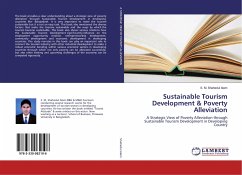Islamic radicalization and militancy have become global issues, and Bangladesh is no exception, having experienced several militant attacks. Scholarly debates are divided, with some attributing the rise of militancy to a cultural clash between the West and Islam, while others focus on historical political and economic factors such as exploitation and oppression. This study aims to explore the emergence of radicalization and militancy in Bangladesh by examining the politicization of Islam, the structure and ideology of the militant group Jamaat-ul-Mujahideen Bangladesh (JMB), and the socio-political factors behind their rise. Using a multi-sited ethnographic approach, the research reveals that JMB's radical doctrine, influenced by global Wahhabism, targets both non-Muslims and certain Muslim sects. Their emergence was tied to local political and economic interests, with political leaders using JMB to control land disputes. Ultimately, the study suggests that political economy and ideology are deeply intertwined in the rise of Islamic militancy in Bangladesh.
Bitte wählen Sie Ihr Anliegen aus.
Rechnungen
Retourenschein anfordern
Bestellstatus
Storno









